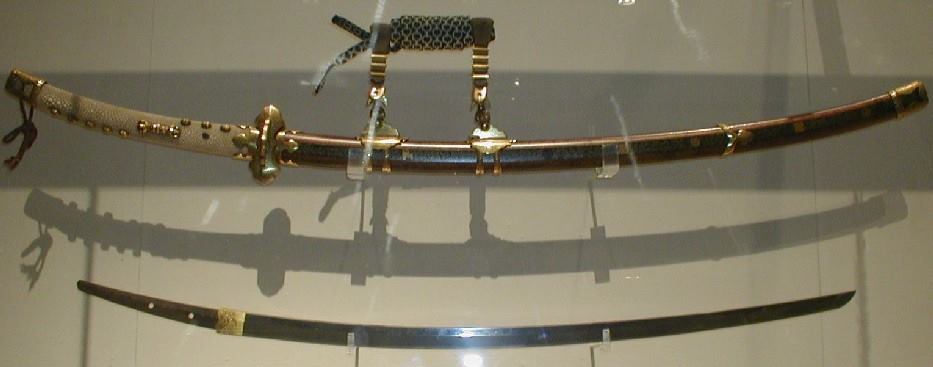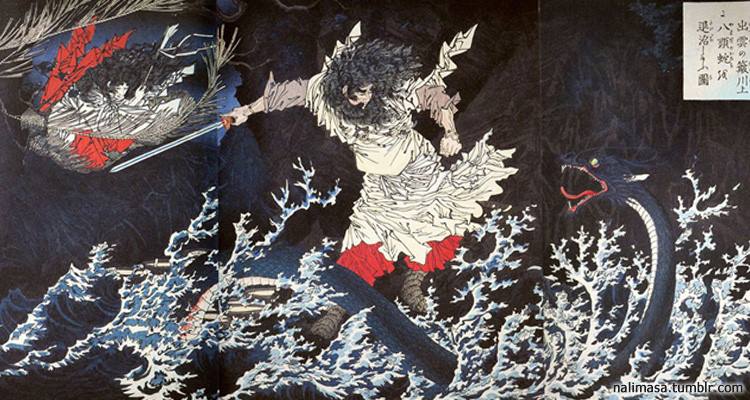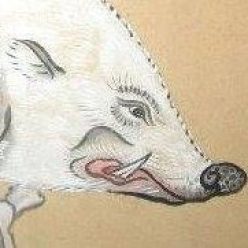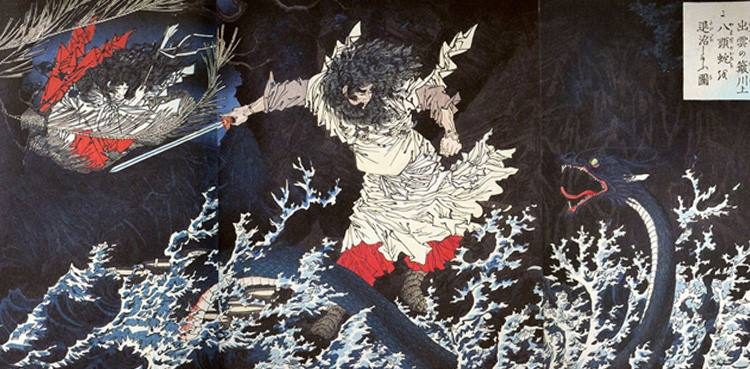traditional japanese fencing today gets mostly referred by the name of kenjutsu, written 剣術, meaning ‘sword technique’. the weapon which gets used in most such systems is the katana, written 刀.
so we should notice that there are different kinds of kanji to refer for ‘sword’. 剣 and 刀. but one important point is that both kanji originally mean different kinds of swords.
the first one is 剣, the kun-yomi(japanese reading) is ‘tsurugi’, the on-yomi(chinese reading) is ‘ken'(like we know from kenjutsu).
this kanji referred originally to straight double-edged swords. in chinese also referred as jian. which were also the first kind of swords used by the japanese people.

the second is the already mentioned 刀, with the kun-yomi of ‘katana’ and ‘sori’ and the on-yomi ‘tô’.
this kanji refers directly to one-edged swords like classical chokutô[直刀] long one-edged straight swords and tachi[太刀], sabers for use in war which would later develope further in the uchigatana[打刀] the standardized sword which could be and got worn by warriors in civil everyday life.

so while we train with a katana, everybody today calls it ‘tsurugi-technique’. the natural reaction to that is obviosly to ask why?
the question gets even more important if we realize that different traditions of bujutsu traditionally have different ways to name their sword-work. in tatsumi-ryû for example it is very direct and plain: tôjutsu[刀術].
in the tradition of katori shintô-ryû it is tachijutsu[太刀術] like referred in the budô kyôhan of sugino yoshio and ito kikue sensei.
one theory for the reason i like is that budô/bujutsu and especially fencing and everything that has to do with swords(as a social symbol of political and military power) is said to be a gift from the kami[神]. And the kanji used for the swords used by the gods and demi-gods written in the mythical texts of japan, the nihônshoki and the kojiki was tsurugi not katana(because at the time the texts were written there were no katana).
so the use of the name kenjutsu(and also kendô) for fencing with sabers could be interpreted as direct reference to the mythical origin of japanese fencing, as an art transmitted by the gods.

is that the real reason? i don’t know. but i thinks it’s reasonable.

